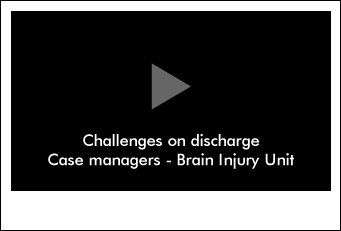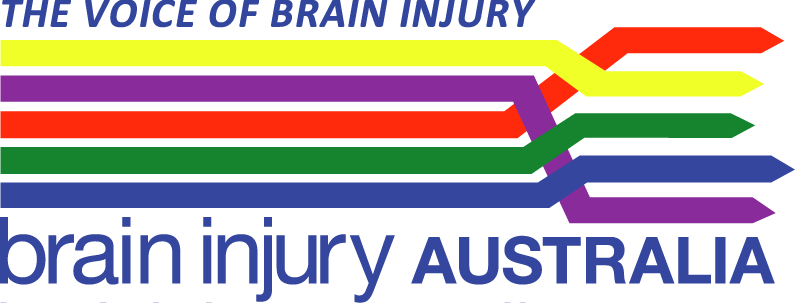- MODULE 2: Working with ABI
- Introduction
- Take the Pre-test
- A. Uniquely building independence
- a) Unique
- b) Injury-Effect-Behaviour
- c) Frontal lobe proxy
- d) Change happens
in the day to day - e) A life span view
- f) Person centred, Goal directed
- B. Through emotions and relationships
- g) Person with ABI
- h) Family members
- i) Grief and loss
- j) Support workers
- k) Managers and Team leaders
- l) Case managers
- m) Professional boundaries
- C. With services
- n) Pathways
- o) Part of a team
- p) The services network
- D. Principles and standards
- q) Principles and standards
- E. Integration
- r) Practice tools
- s) Case study
- t) Further learning
- Take the Post-test
p) Working with the services network 
i) Working with the services network
The services network of people with ABI is imperfect. There are some great parts. There are good parts. There are missing parts.
The primary drivers for working with the services network are:
- What are the person with ABI's goals?
What does the person with ABI want in order to achieve their goals?
The approach is:
- Do what it takes to get the person with the ABI's goals met
The priorities for services are:
- Generalist services where possible
- Disability services where necessary
- Specialist ABI services where necessary.
When thinking about generalist services think broadly, for example:
- Centrelink
- Schools
- TAFE
- GPs
- Recreation services
- Self help groups
- Local service clubs (for outings and social contact)
In working creatively and flexibly with services
- Discuss the possibilities with others who have experience
- Enlist family and friends
Some useful resources are:
- Pathways Document
- Other service directories
Rules of thumb
1. Keep the person with the ABI's goals and wishes to the forefront of working with the services network.
2. Understand how the services network can support the person with ABI achieve their goals.
3. Aim for generalist services where possible and then disability or ABI specialist services where necessary.
4. Know the local services network.
5. Be prepared to work creatively and encourage others to work creatively.
ii) Clip 3 : BIU Case Managers : Challenges on Discharge (1 min)
The challenges on discharge from a Brain Injury Unit.
iii) Barriers
All of the following are common barriers if they are not present:
The service is available in the area. If the most appropriate service is not available then what are the alternatives? Would the service be suitable if the person with ABI had support? Would the service be suitable if modified in some way?
Diagnosis - if the person with ABI doesn't have a diagnosis he/she may find he/she doesn't get in to the service. Get a diagnosis if he doesn't have one.
The program aims and the person with ABI's needs matched: What is the program aiming to achieve? What are the person with ABI's goals? Do they match? If no, could the service be modified in some way to match the person with ABI's goals?
There is adequate support for the person with ABI to participate. What support does the person with ABI need to participate in the program? Maybe he/she needs a worker to facilitate interaction with other people.
Social inclusion - e.g. there may be a men's social group for Vietnamese people - but the problem for the person with ABI in this mens group is he isn't social - so they many not want him to continue coming - and/or he many not want to continue coming.
Affordable - Can the person with the ABI afford any associated costs? Has he/she got the skills to manage the money?
Transport available - Is the person with ABI able to get to the service?
iv) Questions
Answer the following question:
All of the following are common barriers if they are not present:
- The service is available in the area.
- Diagnosis
- The program aims and the person with ABI's needs matched.
- There is adequate support for the person with ABI to participate.
- Social inclusion
- Affordable
- Transport available
Answer the following question:
- Keep the person with the ABI's goals and wishes to the forefront of working with the services network.
- Understand how the services network can support the person with ABI achieve their goals.
- Aim for generalist services where possible and then disability or ABI specialist services where necessary.
- Know the local services network.
- Be prepared to work creatively and encourage others to work creatively.


